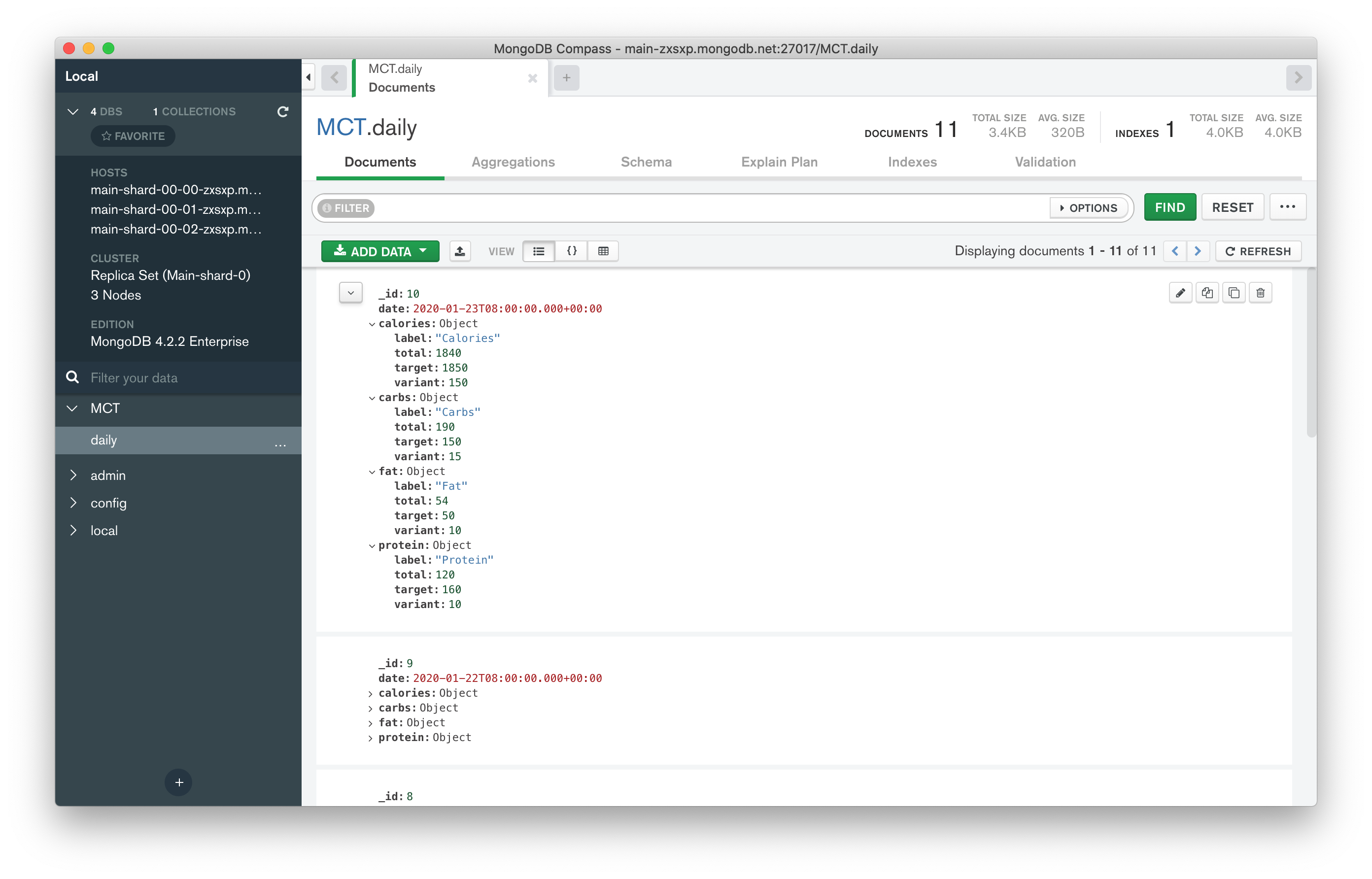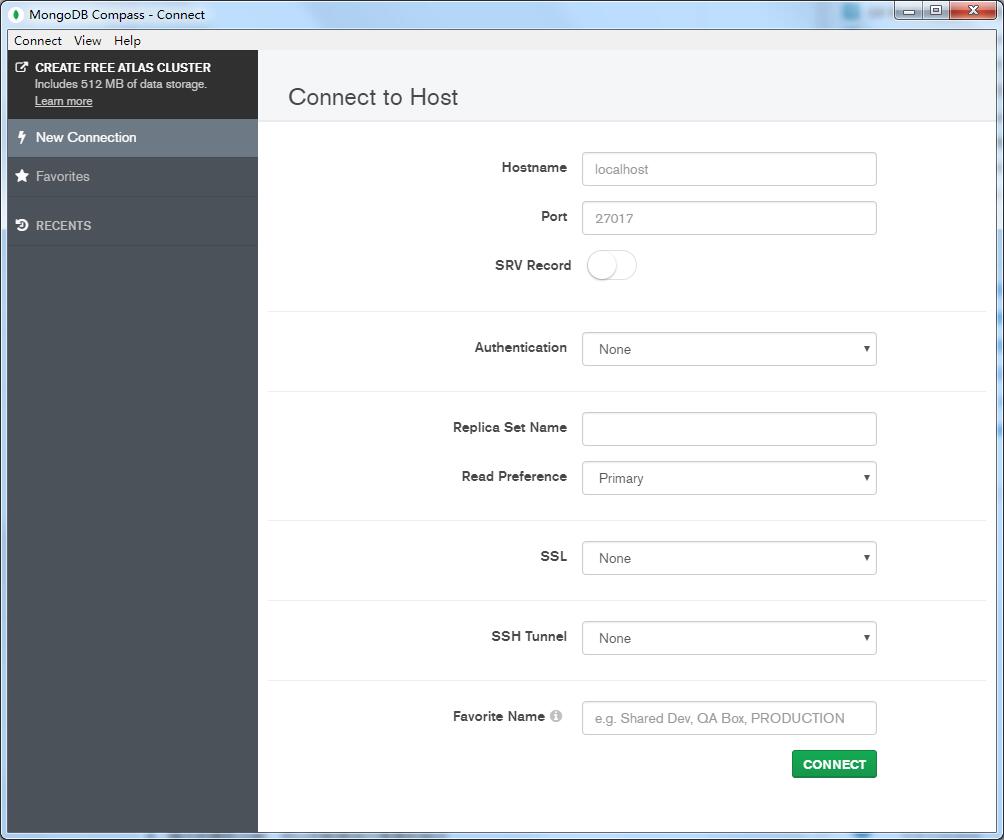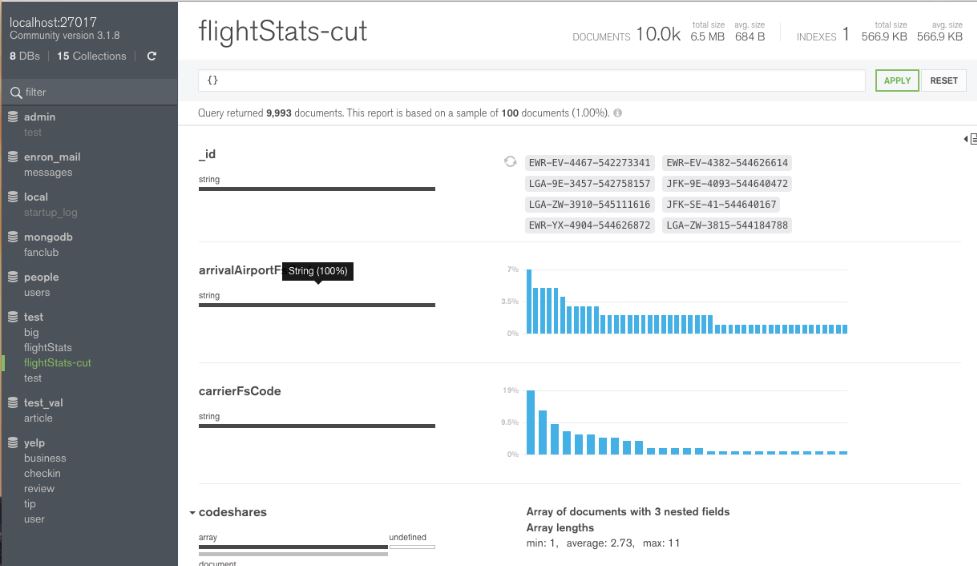

- MONGODB COMPASS APPLE SILICON PRO
- MONGODB COMPASS APPLE SILICON SOFTWARE
- MONGODB COMPASS APPLE SILICON PC
- MONGODB COMPASS APPLE SILICON PROFESSIONAL

In June 2022, the company introduced one more Apple silicon family member - the M2 chip. Thanks to four video encode engines, M1 Ultra is the only chip in the world that can play back up to 18 streams of 8K ProRes 422 video.The 32-core Neural Engine running up to 22 trillion operations per second is fit for the most demanding machine learning tasks.
MONGODB COMPASS APPLE SILICON PC
128GB of unified memory as compared to max 48 GB in the most powerful PC graphic cards deliver the most impressive results for intensive GPU workflows.The Geekbench 5 benchmark demonstrated M1 Ultra multi-core performance results of 24,055, which is three times higher than M1 results and almost two times higher than M1 Max.So the new chip boasts doubled capabilities of M1 Max and can be considered the most powerful PC chip in the world (although due to its size, M1 Ultra is utilized only in the Mac Studio): It features 20 CPU cores and 64 GPU cores as It is essentially two M1 Max chips connected together with a silicon interposer - the technique helped to avoid performance tradeoff and increased power consumption.

M1 Ultra is the most powerful chip in the family.
MONGODB COMPASS APPLE SILICON PRO
But users who have to deal with demanding GPU workflows such as 3D modeling, video editing, etc., will benefit more from the M1 Max, which also has two video encode engines as compared to M1 Pro with only one.
MONGODB COMPASS APPLE SILICON PROFESSIONAL
M1 Pro stands between plain M1 and M1 Max chips in terms of performance and is suitable for most professional tasks. Both M1 Max and M1 Pro feature up to ten CPU cores with eight performance cores and two efficiency cores, but M1 Pro includes 16 GPU cores, whereas M1 Max has twice as much. In addition to the basic M1 chip, Apple released M1 Max in 2021, and M1 Ultra and M1 Pro in 2022. A few times difference in performance is the answer.Īpple silicon reveals new capacities with each new product in the line. We took several DaCapo benchmarks using default JVM parameters on two implementations: macOS-x86_64 on Rosetta 2 and macOS-aarch64. Here’s an illustration of why we need a native JVM for Apple silicon.

MONGODB COMPASS APPLE SILICON SOFTWARE
In this case, Apple silicon should be viewed as a hardware + software combination designed for ultimate speed and performance. The third possible denomination builds upon the macOS Big Sur and newer. Some people would mean specific devices with the said processor: Mac mini, as well as MacBook Pro 13 and MacBook Air, both Late 2020. They are intended to replace the lineup of Core processors. Primarily, it refers to Apple-designed chips and the company’s first ARM-based SoCs (systems on a chip) for Macs called M1. What do we understand by this concept? Well, it’s three things in one, each with its weight.


 0 kommentar(er)
0 kommentar(er)
